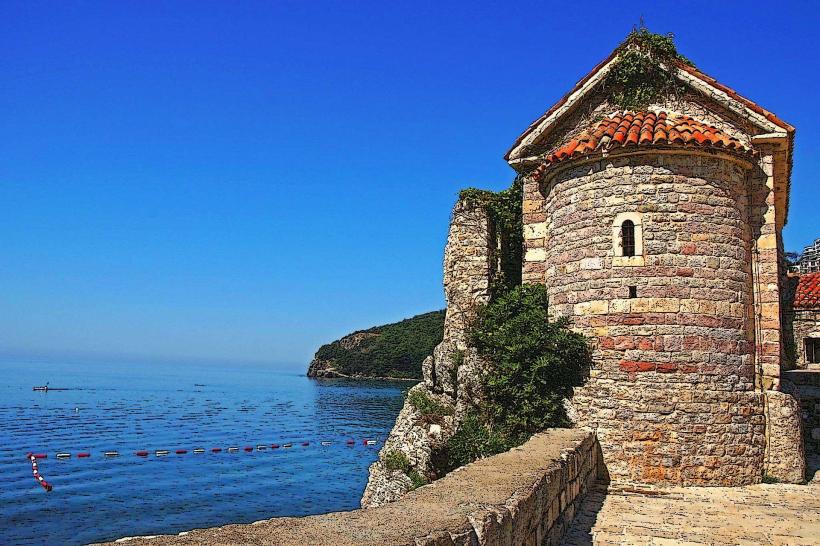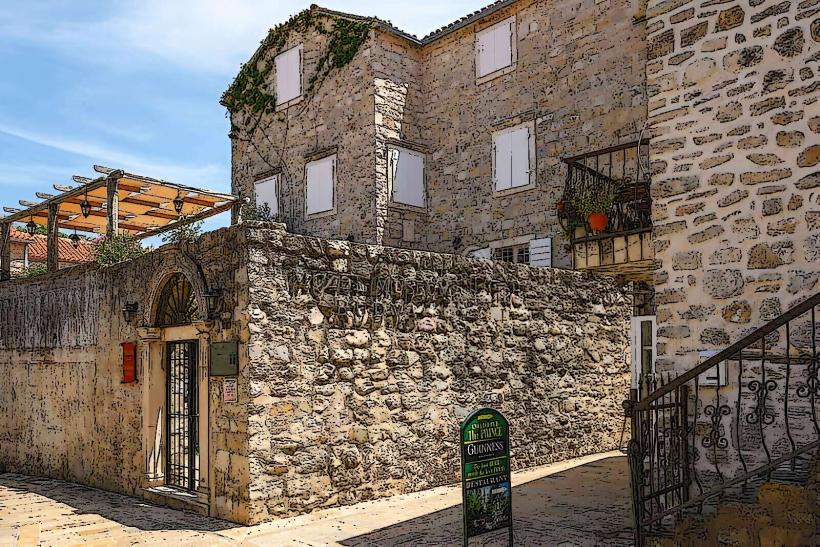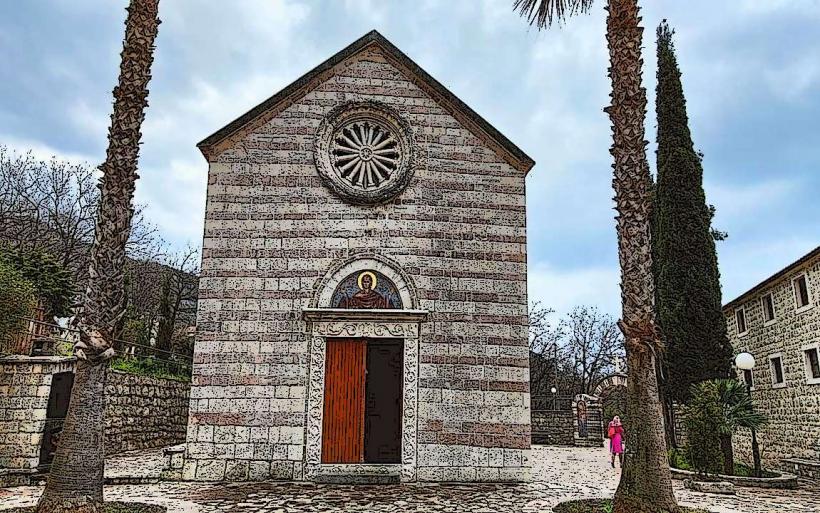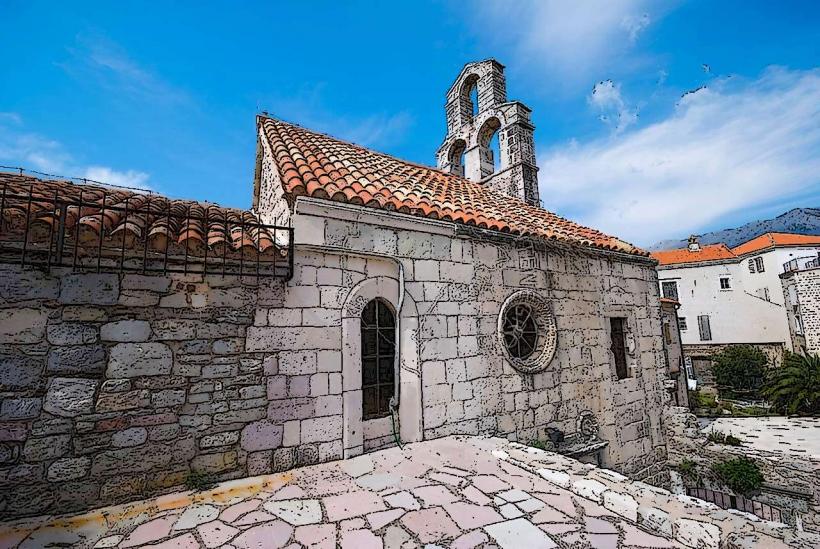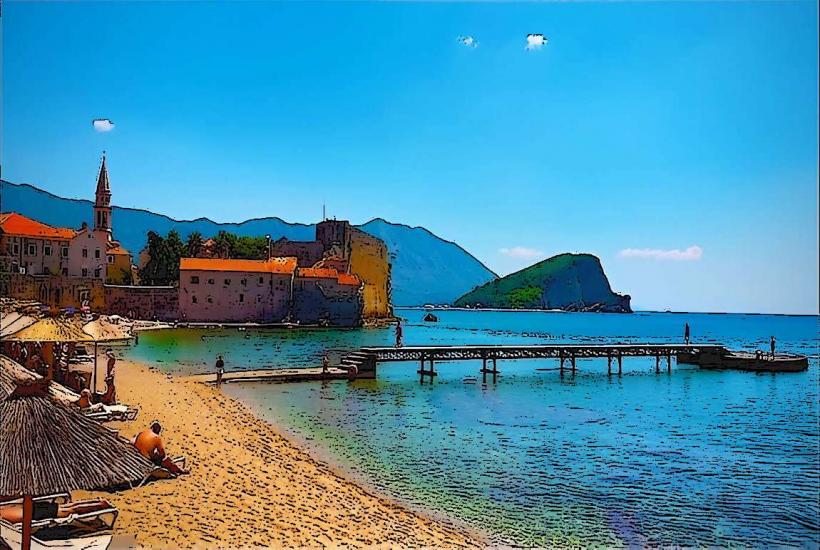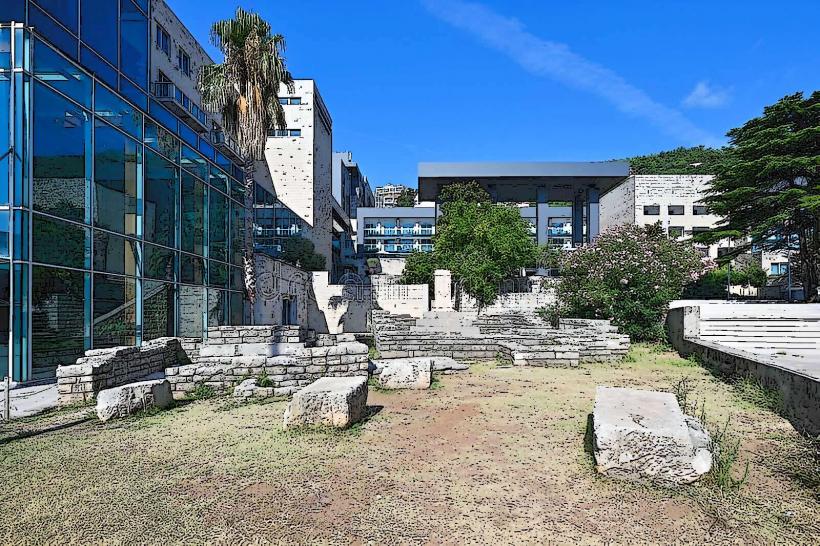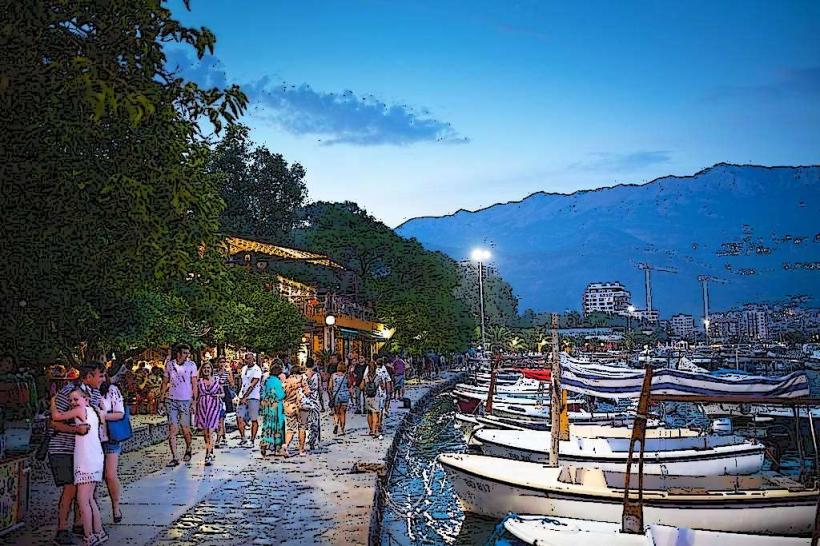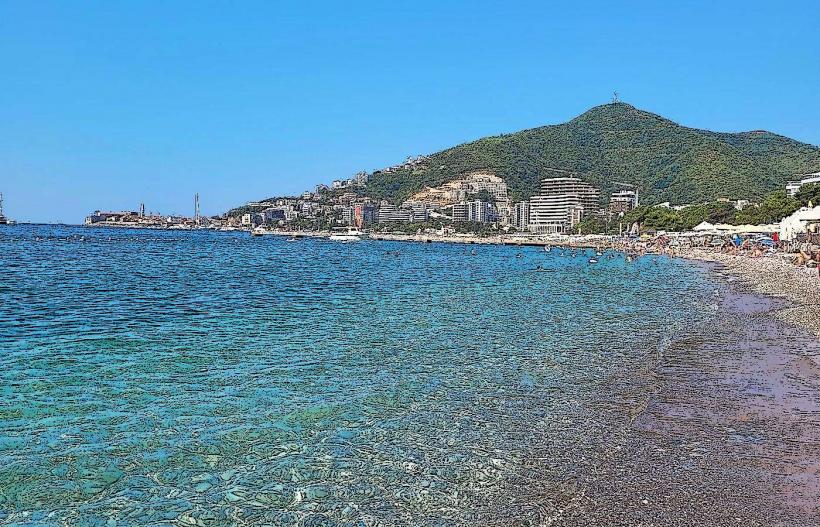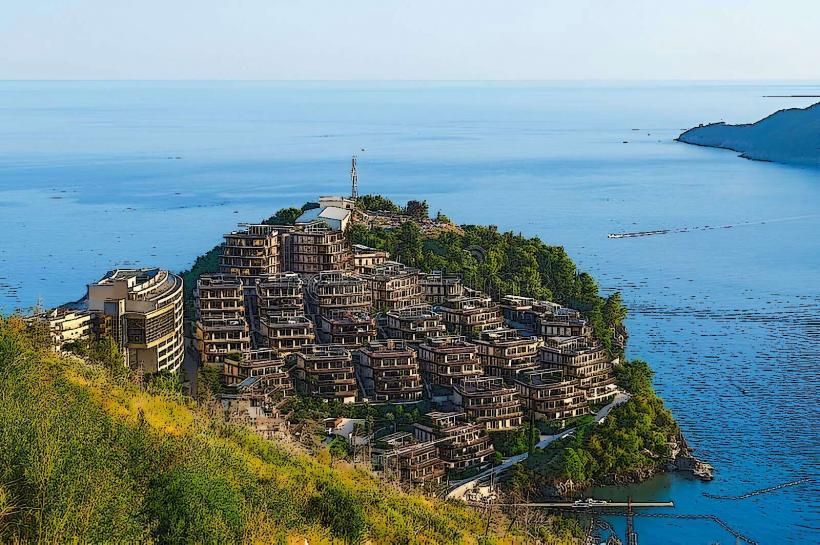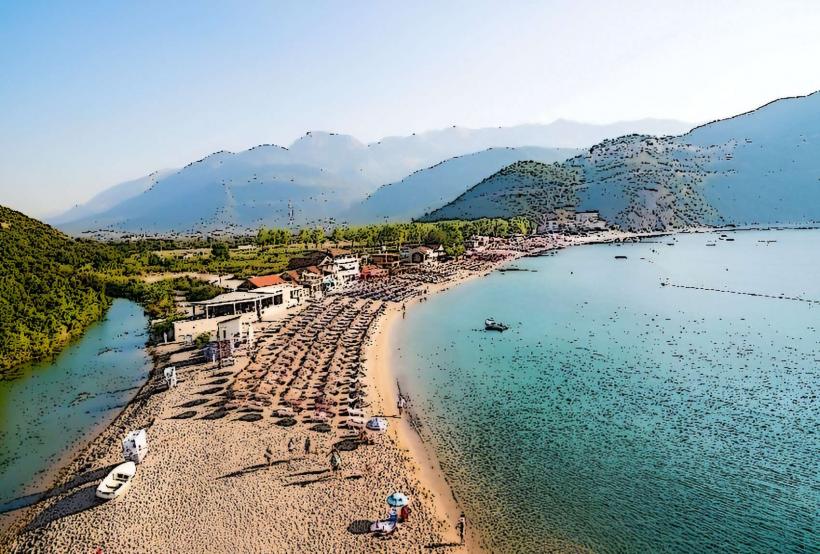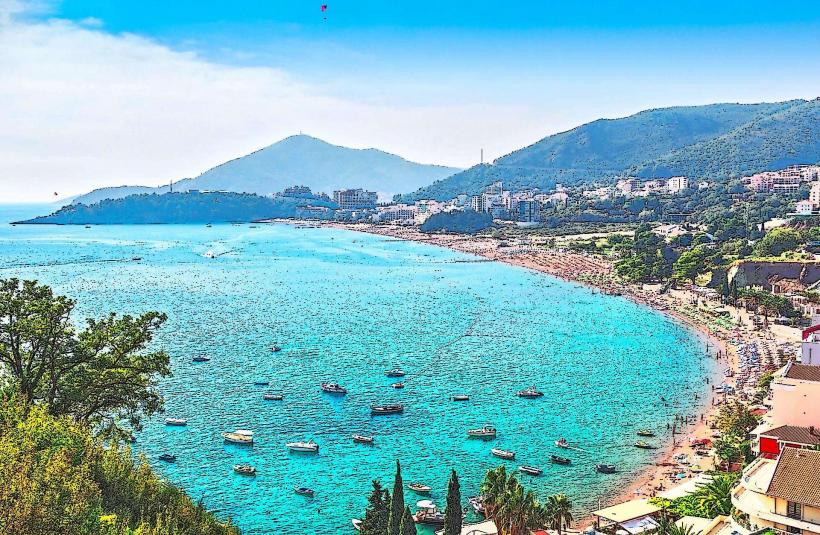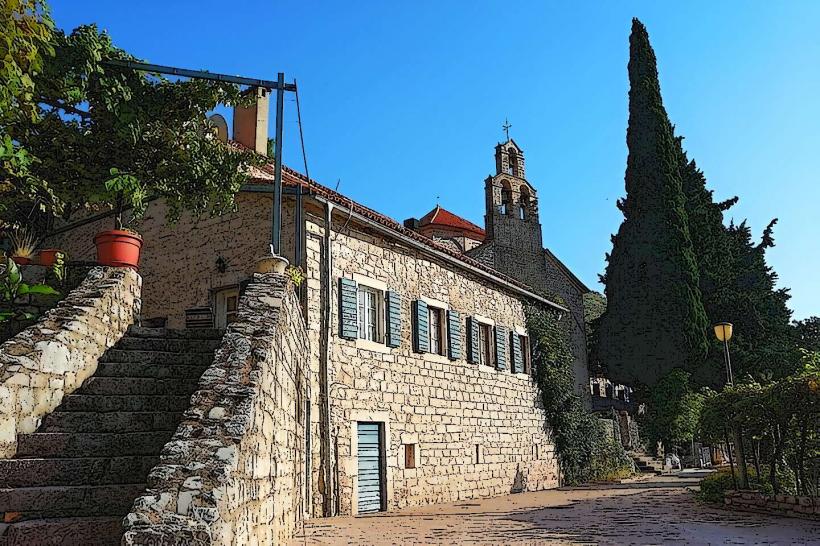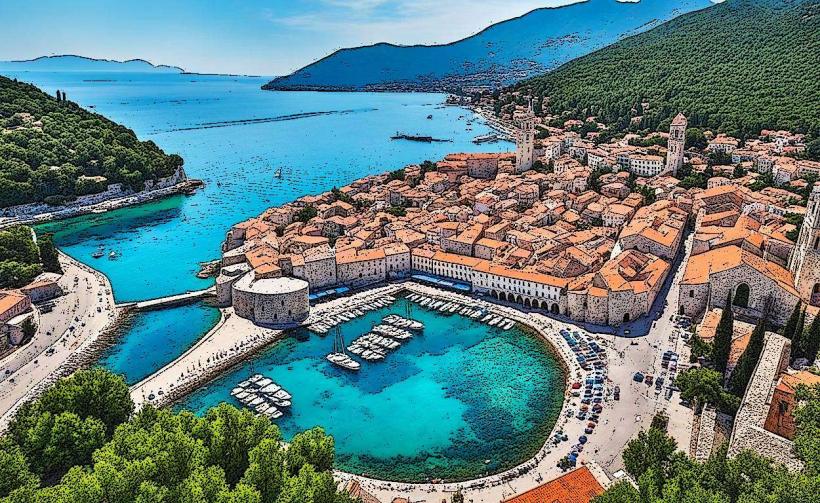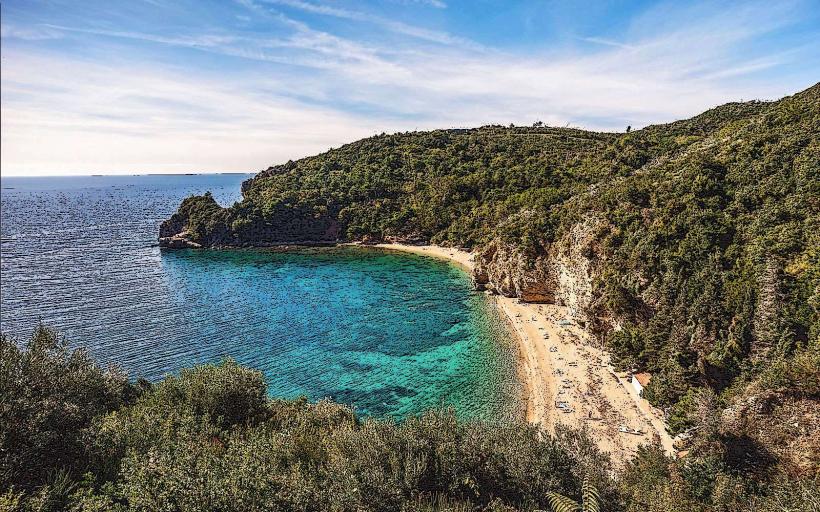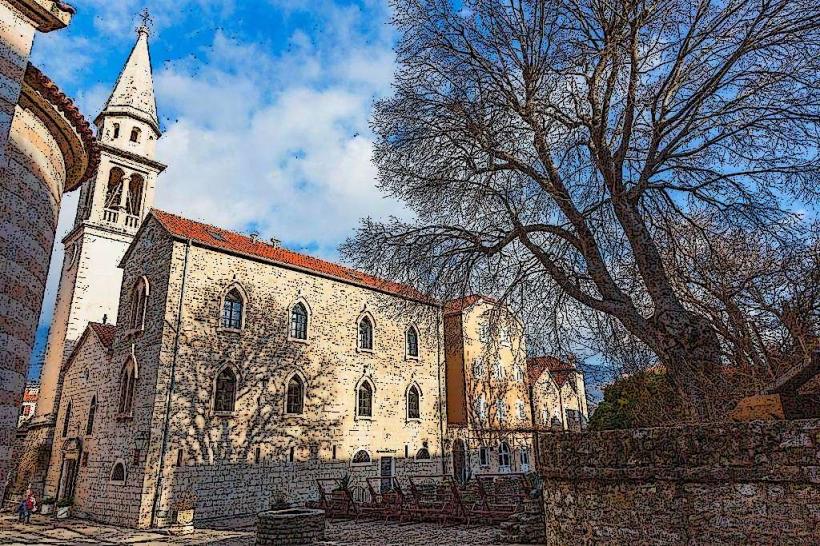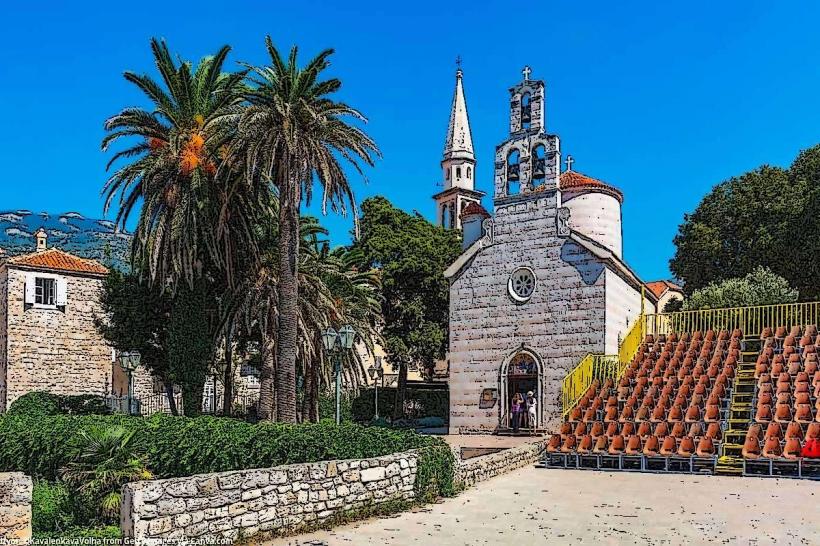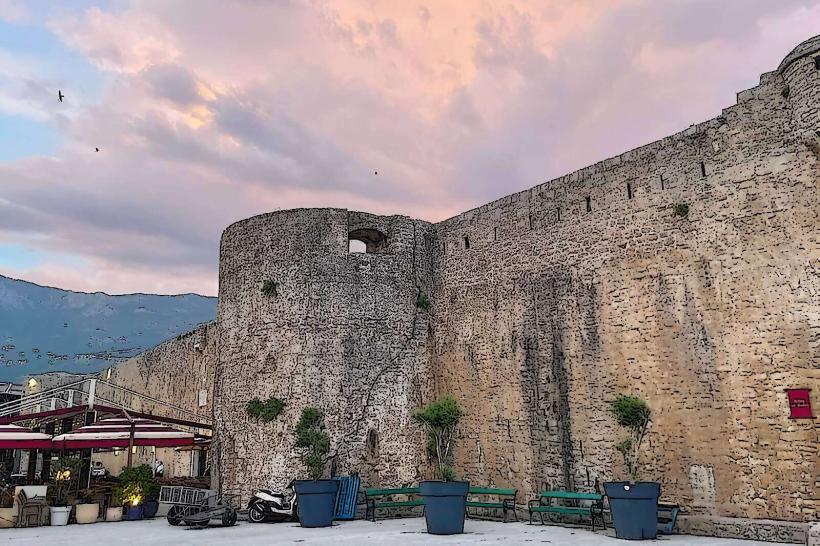Information
Landmark: Citadel BudvaCity: Budva
Country: Montenegro
Continent: Europe
The Citadel of Budva (Budvanska Citadela) is one of the most important and prominent historical landmarks in Budva, Montenegro. Positioned on a hilltop at the edge of the Old Town, the Citadel offers breathtaking views of the Adriatic Sea, the Budva Riviera, and the surrounding landscape. Its fortifications and historic buildings make it a key symbol of the town’s military history, while also serving as a hub for cultural activities today.
Historical Background
Ancient Origins: The Citadel has its roots in the Roman period when the first fortifications were likely constructed on the site. However, the structure as seen today primarily reflects additions and modifications made over the centuries by various civilizations, particularly the Byzantines and Venetians.
Venetian Influence: The Citadel gained its current form during the Venetian rule in the 15th century. The Venetians reinforced and expanded the existing fortifications to defend against Ottoman incursions. The Citadel became a key defensive point for the town of Budva, which was part of the Venetian Republic at the time.
Later Developments: Over time, the Citadel’s role shifted from a military stronghold to a cultural and administrative center. The Venetians and later Austria-Hungary maintained it as a military fortification until the late 19th century.
Modern Day: Today, the Citadel serves as a historical monument, offering a combination of museums, galleries, and cultural events, while its location and views make it a popular spot for tourists.
Architectural Features
The Citadel is an impressive structure, featuring a mix of architectural styles that reflect the different periods of its construction and use.
1. Fortifications
The Citadel is surrounded by high defensive walls, which are part of a larger fortress complex built to protect Budva from naval attacks and invasions. The walls are constructed from stone, and in some places, they are more than 10 meters high, offering formidable protection in their time.
The Citadel is designed to be a self-contained defensive structure with bastions, turrets, and arches. The entry gates were protected by fortified towers, and the entire area is equipped with high vantage points to detect incoming threats.
2. The Tower
- The central feature of the Citadel is a tall tower, offering panoramic views of Budva and the Adriatic Sea. The tower has an elevated position, making it an ideal location for surveillance and defense. Visitors can climb to the top of the tower for spectacular vistas of the surrounding coastline, Budva Old Town, and nearby islands such as Sveta Nikola.
3. Interior Spaces
The Citadel houses several interior chambers and open-air courtyards, which were used for both military purposes and administrative functions. The main courtyard serves as a venue for various cultural activities, such as art exhibitions, theater performances, and music festivals.
The underground chambers of the Citadel were used for storage, and some have been repurposed as museums. These chambers contain artifacts from Budva’s ancient and medieval history, including Roman inscriptions, ancient pottery, and historical documents.
4. The Walls and Sea Gate
- The walls of the Citadel are designed to withstand coastal conditions, with the sea gate providing access to the waterfront. The gate was once used to allow access to ships and goods coming into Budva. Today, the Sea Gate remains one of the Citadel’s key entry points for visitors, leading into the Old Town.
Cultural and Symbolic Significance
1. Military and Defensive Role
- The Citadel was primarily constructed for defensive purposes, serving as a fortress to protect Budva from both land and sea attacks. Its strategic location atop a hill made it a highly defensible position, and the Citadel played a crucial role in protecting the town during the Ottoman invasions in the 16th century, as well as during the Napoleonic Wars in the early 19th century.
2. Symbol of Venetian Influence
- The Citadel’s design reflects the influence of the Venetian Republic, which controlled Budva for several centuries. The Venetian style of fortification, with its emphasis on stone construction and defensive walls, is a prominent feature of the Citadel, symbolizing the Venetian legacy in the region.
3. Cultural Heritage
- Over the years, the Citadel has transformed from a military stronghold to a cultural center. It now houses art galleries, museums, and hosts various cultural events that celebrate both the local heritage and contemporary culture. It is also a symbol of the town’s resilience, having survived many centuries of conflict and change.
4. Symbol of Montenegrin Identity
- The Citadel represents not only the historical importance of Budva but also its position as a symbol of Montenegrin identity. The Citadel’s enduring presence has witnessed the rise of Budva as a major cultural and economic center in the region.
Tourism and Modern-Day Use
Today, the Budva Citadel is a major tourist attraction and a focal point for cultural activities in the town. Visitors come to explore the historical fortifications, enjoy the scenic views, and learn about the history of the region through exhibitions and events.
1. Museums and Galleries
- Inside the Citadel, visitors can explore several museum exhibits, which include archaeological finds, art collections, and displays about the town’s history. The Museum of Budva is located within the Citadel and features collections related to the town’s ancient and medieval history, while the gallery spaces host works by contemporary Montenegrin artists.
2. Cultural Events
- The Citadel is a venue for various cultural events, including theater performances, classical music concerts, and art exhibitions. These events attract both locals and international tourists, contributing to Budva’s vibrant cultural scene.
3. Spectacular Views
- One of the key attractions of the Citadel is its panoramic views. The tower and walls provide unobstructed views of Budva Old Town, the Adriatic Sea, and the nearby island of Sveti Nikola. Visitors can take in these views from the ramparts or from the Citadel’s open terraces.
Visiting the Citadel
Location: The Citadel is situated at the edge of Budva Old Town, within walking distance of many other key attractions, such as the Budva City Walls and the Church of St. John.
Opening Hours: The Citadel is open to visitors year-round, though opening hours may vary depending on the season. It's best to check in advance for special events or exhibitions.
Entry Fee: There is usually a small entrance fee to visit the Citadel, which helps support its maintenance and preservation. The fee also grants access to the museum and other historical spaces within the Citadel.
Nearby Attractions: Visitors to the Citadel can also enjoy the old town of Budva, Mogren Beach, and other nearby cultural landmarks, making the Citadel a key stop for anyone exploring the area.
Conclusion
The Citadel of Budva is a remarkable historical and architectural landmark, offering a unique blend of military history, Venetian influence, and cultural significance. Its fortifications, panoramic views, and role in Budva’s history make it an essential destination for anyone visiting the Montenegrin coast. Whether you're interested in history, architecture, or simply enjoying breathtaking vistas, the Citadel provides an unforgettable experience.

